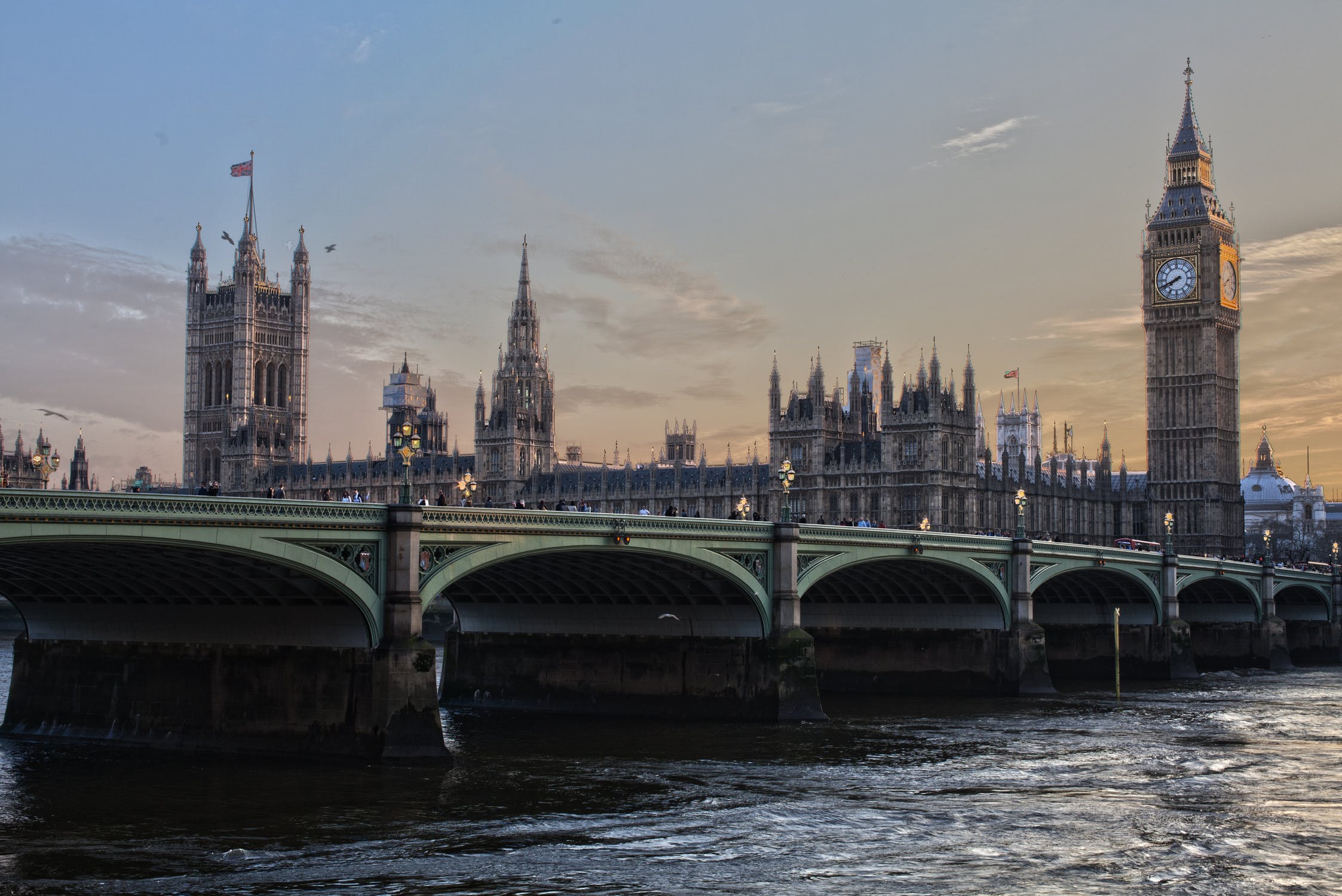Although London has experienced a recent slowdown in the rise of its property prices, the average amount a first-time buyer in the capital will have to pay has now increased to over £400,000, double that paid by first-time buyers across the rest of the UK, according to research from Lloyds Bank.
During the past five years, the average price of a property bought by a first-time buyer in London has risen by 64 per cent, from £255,794 to £420,132. The typical deposit needed to buy a first London home has also increased exponentially, and is more than double what other first-time buyers across the UK choose to put down as a deposit, at £92,833 and £39,668 respectively. This figure represents a 62 per cent increase compared to what first-time buyers in the capital used as a deposit five years ago.
Since 2013, the number of buyers entering London’s property ladder has fallen by 5 per cent to 42,983 in 2017. Five years ago 17 per cent of all first-time buyers in the UK were in London, whereas now that figure is at 12 per cent. The number of London first-time buyers has fallen for three consecutive years, while the overall number across the rest of the UK has increased for six years straight.
However, despite the decrease in first-time buyers in the capital, Lloyds study found that it is still cheaper to buy than rent. A typical monthly mortgage payment on a three bedroom house would cost a London first-time buyer roughly £1,248, whereas the rent for a similar property would be £1,545, a difference of £3,568 per year.
Lloyds Bank mortgage products director Andrew Mason said: “Despite the recent slowdown in London house prices this latest data shows how expensive it has become to live in the capital, particularly for young people trying to get on the ladder for the first time. As a result, first-time buyers have to wait until they are 34 before getting their first foot on the property ladder.
“While property prices drop as you head to the fringes of the capital, our analysis is showing that this gap is closing as house price growth in Outer London boroughs is continuing to increase at a greater pace than Inner London boroughs. This healthy growth may be linked to a high demand for these more affordable properties as well as some areas benefiting from the new Crossrail link due to open next year as commuters move further afield.”
Latest News
-
Borrowers jumped gun ahead of December rate cut – Twenty7tec
-
FCA stops Verus Financial Services from conducting regulated activities
-
IHT receipts reach £5.8bn in eight months to November
-
Perspective Financial Group acquires Prosser Knowles
-
Over half of UK savers relying on non-pension assets for retirement
-
Bank of England cuts interest rates to 3.75%
Perenna and the long-term fixed mortgage market

Content editor, Dan McGrath, spoke to head of product, proposition and distribution at Perenna, John Davison, to explore the long-term fixed mortgage market, the role that Perenna plays in this sector and the impact of the recent Autumn Budget
The role of the bridging market and technology usage in the industry
Content editor, Dan McGrath, sat down with chief operating officer at Black & White Bridging, Damien Druce, and head of development finance at Empire Global Finance, Pete Williams, to explore the role of the bridging sector, the role of AI across the industry and how the property market has fared in the Labour Government’s first year in office.
NEW BUILD IN FOCUS - NEW EPISODE OF THE MORTGAGE INSIDER PODCAST, OUT NOW

Figures from the National House-Building Council saw Q1 2025 register a 36% increase in new homes built across the UK compared with the same period last year, representing a striking development for the first-time buyer market. But with the higher cost of building, ongoing planning challenges and new and changing regulations, how sustainable is this growth? And what does it mean for brokers?
Does the North-South divide still exist in the UK housing market?

What do the most expensive parts of the country reveal about shifting demand? And why is the Manchester housing market now outperforming many southern counterparts?
In this episode of the Barclays Mortgage Insider Podcast, host Phil Spencer is joined by Lucian Cook, Head of Research at Savills, and Ross Jones, founder of Home Financial and Evolve Commercial Finance, to explore how regional trends are redefining the UK housing, mortgage and buy-to-let markets.
In this episode of the Barclays Mortgage Insider Podcast, host Phil Spencer is joined by Lucian Cook, Head of Research at Savills, and Ross Jones, founder of Home Financial and Evolve Commercial Finance, to explore how regional trends are redefining the UK housing, mortgage and buy-to-let markets.
© 2019 Perspective Publishing Privacy & Cookies










Recent Stories